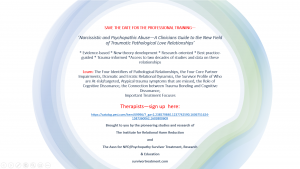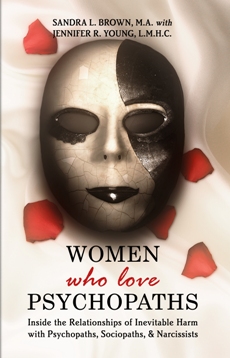Everything Is One
Joan-Marie Lartiin, PhD, RN
Have you heard this one? What did the Buddhist master say to the hot dog vendor? “Make me one with everything.” That sums up the topic of this
column. The connections between and among the nervous, immune, and endocrine (i.e. thyroid, adrenal, pancreas, ovaries) systems have been explored by Western medicine for over 40 years. Chinese medicine has made these connections for centuries, if not millennia.
We now know that the body’s biochemical messengers are both produced and received by cells in the nervous, immune, and endocrine systems. This means that these systems talk with one another all the time and are intricately interwoven. In practical terms, what this means is that when imbalance is in one system there is almost certainly going to be imbalance in the others. In this sense, it is almost too simplistic to think about any of them as separate systems, rather the whole (nervous, immune, and endocrine) together is more logically thought of as a super-system.
The implications, and the clinical applications of these discoveries are enormous. A relatively new field says this fast 5 times psychoneuroimmunology has arisen to delve into these interdependent functions. (This term was coined a few decades ago and many in the field now wish they had found a way to include the endocrine system.) http://www.immunecliniclondon.com/5/PSYCHONEUROIMMUNOLOGY.html. The validation that the mind-body connection is powerful is extensive. There is now abundant, factual support for the impact of acute and sustained stress on health. In other words, it is not all in your head, and hopefully the days of take a pill and call me in the morning, are receding into the past.
The purpose of these columns is to empower traumatized women by providing relevant information about advances in health care. If your health care provider is unaware of other options, as an educated consumer you can find substantive solutions for your health problems and enjoy strong, robust health. So if you are aware that problems such as arthritis, asthma, irritable bowel, chronic headaches, hypertension, frequent infections, allergies, weight gain, irregular or heavy periods, thyroid issues, fatigue, etc., have a mind/body component, you will look for providers who share this perspective. This not only validates your experience of emotional trauma—no small matter—it opens up options for health care at a more deep level than previously possible.
Here is a clinical example from my practice that I think illustrates these ideas effectively. A woman coming out of 22 years of marriage to a psychopathic individual suffered from:
- Severe menstrual bleeding and severe secondary anemia
- Low thyroid (weight gain, brain fuzz, cold intolerance, hair loss)
- Adrenal fatigue (no energy, extreme startle reflex)
- Frequent bouts of sinusitis and sinus infections
Five traditionally oriented physicians strongly suggested a hysterectomy, and prescription drugs for the thyroid and sinus conditions. None of them diagnosed the adrenal failure. A naturopathic physician tested her for adrenal fatigue, provided recommendations for natural remedies and supplements, and subsequently evaluated her immune functioning. Her neurotransmitters were also found to be seriously out of balance (a serotonin level of 57 vs. 140). She started a course of targeted amino acid therapy. Subsequently, she was also diagnosed with:
- Intestinal problems related to a yeast overgrowth, and therefore
- Numerous food sensitivities, which presumably fueled sinus problems and signs of early arthritis, both indications of an over-active immune system.
Today, as she says, she is still the proud possessor of a uterus, avoids certain foods, is energetic and upbeat, and well on her way to a new life. Her thyroid and adrenal functioning are completely normal and she has lost her middle-aged spread. She accomplished all this without recourse to surgery or prescription medications. Psychotherapy and neurofeedback training played a big part of her overall healing as well. Needless to say, many postponed vacations and sacrifices were made to pay for aspects of her health care that were not covered by insurance. She is clear that the sacrifices she made for her health have been worth it.
I look forward to the day when her story, as inspiring and hopeful as it is, is the norm and not the exception.






